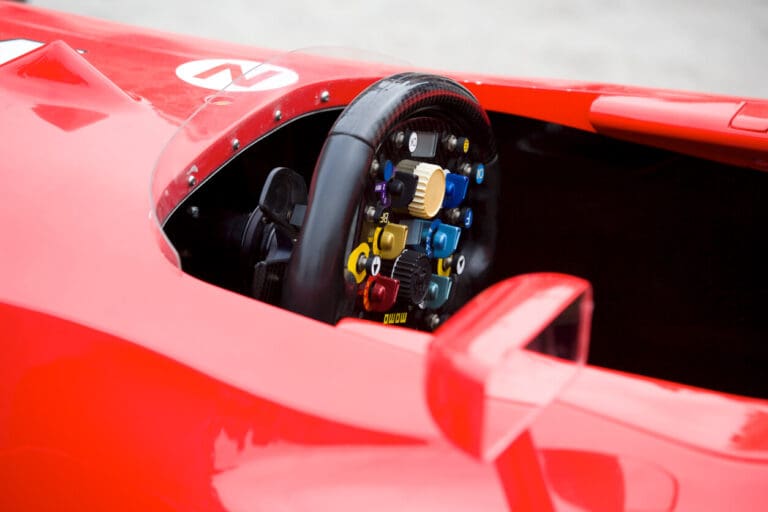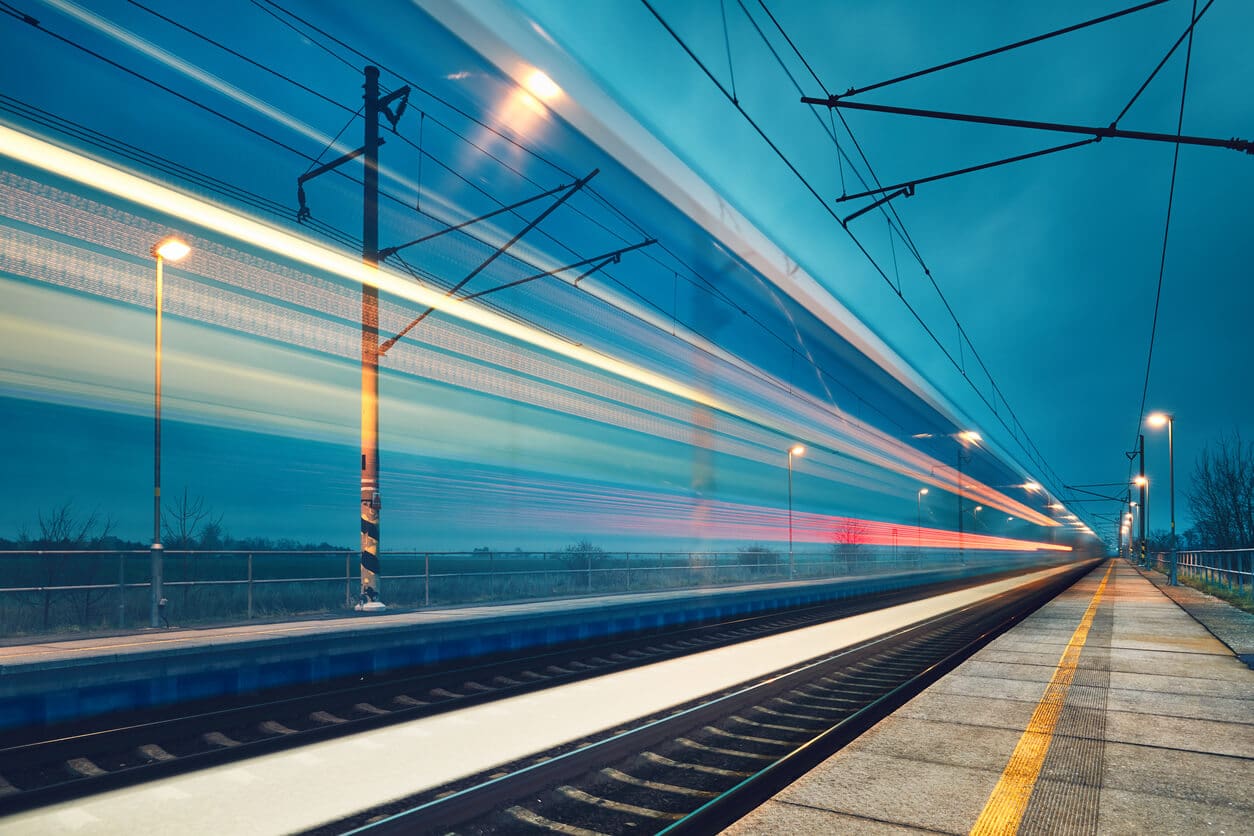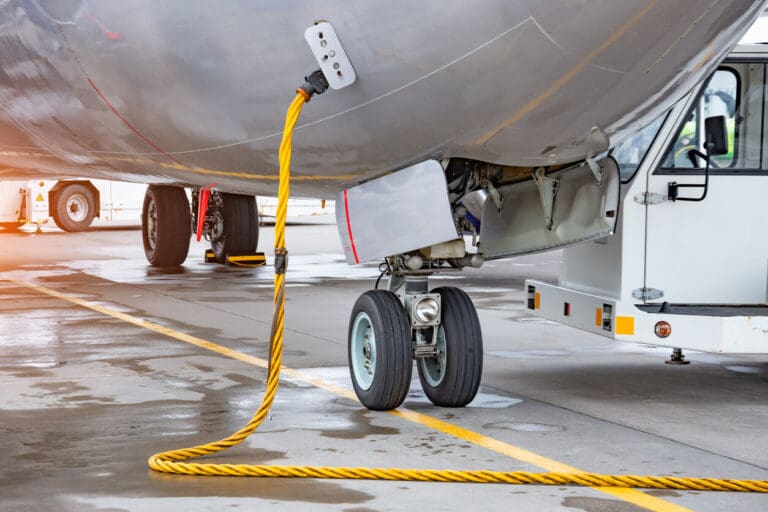
Are Motorsport Cables the Hidden Upgrade Behind Faster Lap Times?
Motorsport teams chase marginal gains in every area of the car, yet many still treat...
Read More
Our rail systems are responsible for moving millions of people all over the country every day. They provide infrastructure that we are heavily reliant on – for travel and for freight – and there can be serious consequences where something goes wrong. Given the necessity of the best possible safety provision, as well as the need for consistent reliability, it’s clear that cables in the rail industry need to be protected.
That could be a high level of weather resistance or it might be impact resistance and pull out strength. Mechanical protection of cables and sensitive data lines is absolutely vital for ensuring that the rail industry keeps functioning smoothly. Protected cables have resistance to a whole range of external influences that could be damaging or disruptive. Protection products can focus on everything, from electrical insulation of cables to protecting fabric hoses.
The process of assembling and installing cables for the rail industry can be time consuming and there is plenty of room for error. Where cables are protected they are more organised and this can also make installing them much simpler. Specific formulations for the rail sector are designed to keep cables protected but also to make them quick to install and repair so that services can continue to function. Protecting cables can provide access to pre-assembled units that mean just one fitting, as opposed to multiple cable installations.
Wire harnesses and cable assemblies are the components that tend to be used to provide protection to rail industry cables. These not only deliver that protection to a high standard but also minimise the need for handling of the various component parts. There are less elements to consider for transport and installation and fewer opportunities for human error. Not only that but these protective parts can also help to improve performance. That’s because poor handling can actually have a negative impact on long-term performance and degrade quality over time.
There are many different options for protecting the cables that are used in the rail industry and the best approach is to pick one supplier who can cater to a range of these needs. For example, providing cable protection on every aspect of the rail system, whether inside trains or out. That could be, for example, in passenger areas, control systems and wheel sensors or on roof and carriage transitions. Streamlining the sourcing process is simple where cable protection is concerned – and can help to reduce cost too.
Protection for rail industry cables keeps systems running, which is why it’s so vital – and proscribed by law. That includes, for example, with respect to protection from high pressure water jets, long term immersion and specific levels of pressure.
From helping to improve the longevity of cables to ensuring that they meet certain necessary standards, these are just some of the reasons why cables used in the rail industry should be protected.

Motorsport teams chase marginal gains in every area of the car, yet many still treat...
Read More
The wiring harness is a high-risk single point of failure in any complex system. If...
Read More
The wiring harness is the highest risk, lowest profile element in flight-critical infrastructure. When your...
Read MoreReady to talk cables, fibre or full network solutions? Get in touch with our team today, we’re here to help.